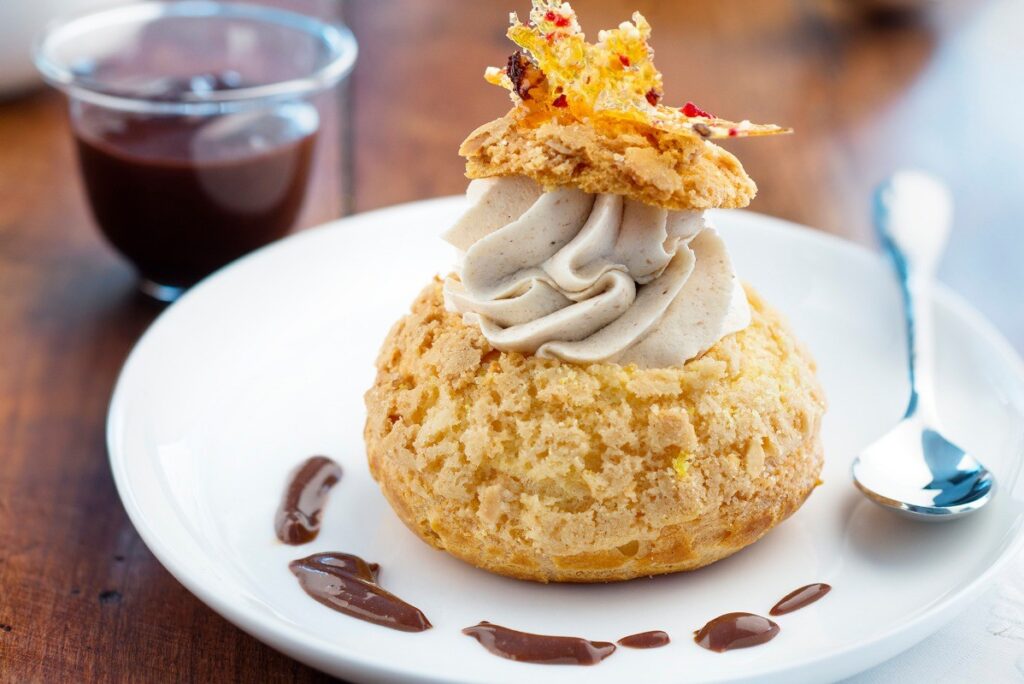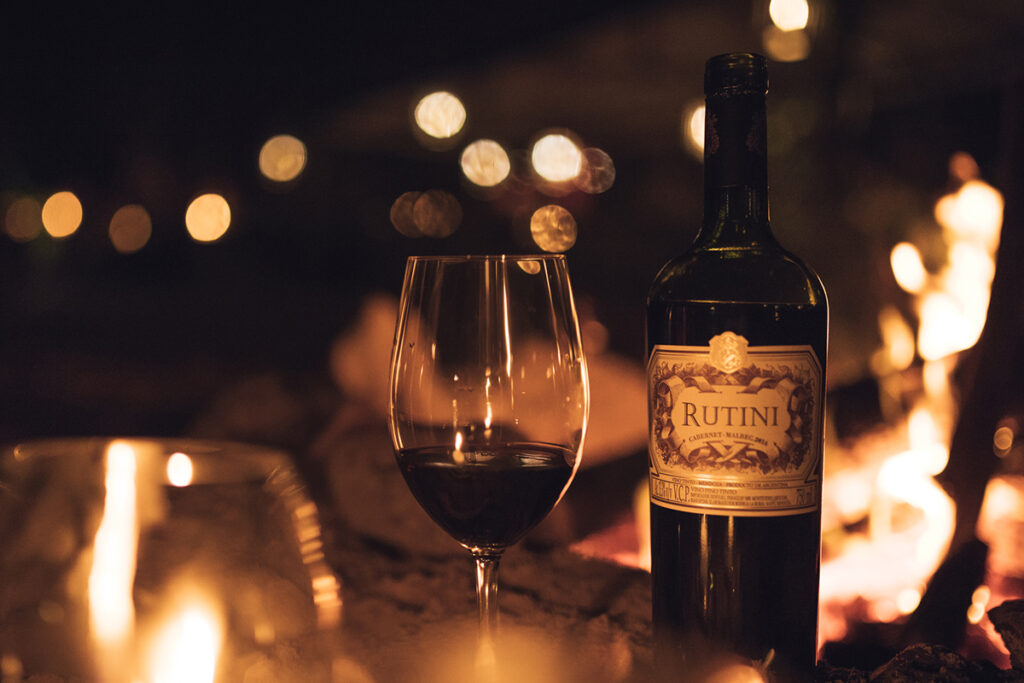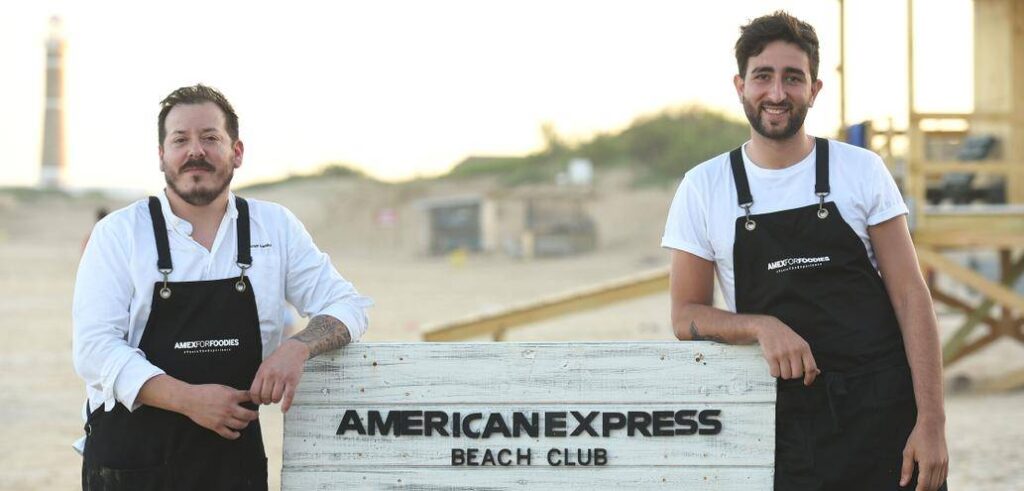French Pastry Week: Delicacies and Tradition

Who can resist the temptation of a pastry shop as exquisite as it is refined, which can be savored with the eyes from the window? To pay homage to these pleasures of life, Lucullusthe French Gastronomic Association in Argentina, presents PÂTISSERIEThe week is dedicated to the delicacies of French pastries, where the public can discover the wide range of sweet delicacies offered by French cuisine. Thus, from June 9 to 16PÂTISSERIE” proposes a tasting of desserts and pastries accompanied by a glass of sparkling wine from the Rutini Wines winery in 20 French gastronomic establishments in the city of Buenos Aires. The bakeries/pastry shops joining the event are: Co-Pain, French Cookie, Laban Catering, L’Epi Boulangerie (take-away only), Les Macarons de Paris (online sales only) and Merci. Y los restaurantes: Fleur de Sel, Hotel Club Francés, Le Bistrot par Le Beaujolais, Duhau Palace, One Two Crepes y Villa Ocampo Bistro.
Pastry is so important in French culture that its ingredients have managed to transcend the culinary field to extend to the French language through popular sayings and proverbs. In expressions such as:
“Rouler quelqu’un dans la farine” (“To roll someone in the flour”) which refers to deceiving someone;
“Tomber dans les pommes” (“To fall into the apples”) which means to fade away;
“Compter pour du beurre” (“Worth as much as butter”) associated with not worth anything;
“Casser du sucre sur le dos”. (“Break the sugar on his back“) which indicates to speak ill of a person in his absence.
“En rester comme deux ronds de flan.” (“To remain like two rounds of flan”) to express that someone was astonished or surprised by an event.

If we go back to the beginnings of the pastry, François Vatel (1631-1671) deserves special mention. This French cook and master chef laid the foundations of gastronomic protocol. He was above all an innovative master of ceremonies in the art of entertaining. He is famous for having invented Chantilly cream. at the castle of the same name (Chantilly), where he served Louis II, Prince of Bourbon-Condé. He obtained it by improving an old whipped cream recipe. Another benchmark that marked the history of pâtisserie is the great Marie-Antoine Carême (1784-1833). His cuisine was famous for its decorations and elaborate presentations, which were described as grandiose. He was called “The cook of kings and the king of cooks.”. He was famous for his puff pastries and his pièces-montées made mainly with large nougats and thick and crunchy meringues. meringues.
Today, emong the best exponents of the pâtisserie contemporary, resonate the names of: Christophe Michalak, Claire Heitzler, Philippe Conticini, Christophe Adam, Pierre Hermé, Cédric Grolet y Cyril Lignac.
The 5 great classics of French pastry making
- Tarte Tatin.
The most famous French pastry tart is an upside down tart, which is baked with the dough on top of the fruit.
It was created at the Hôtel Tatin, south of Orléans, at the end of the 19th century by one of the two sisters who ran this little hotel: Stéphanie Tatin.
Although there are several theories, everything points to its origin being accidental. They put the tart in the oven forgetting their dough, so they decided to put it at the end on top of the apples that came out all caramelized. One of the luckiest blunders in the history of gastronomy.

- Paris-Brest. This very popular dough wheel filled with praline muslin cream and almonds was born in 1910, inspired by the cycling race held between the cities of Paris and Brest over a distance of 1,200 kilometers. The bicycle wheel cake was the work of the pastry chef Louis-Durand: fond of watching this race, he gave a taste of his creation to another spectator, the journalist Pierre Giffard, considered by many to be the father of modern reportage. Enthused by the sweet, he praised it in his newspaper articles, popularizing it throughout the country.
- Éclair. Whether they are original, chocolate or coffee, or in any of its current and almost infinite varieties of lemon, apple, passion fruit… the French name of this timeless sweet means ‘lightning bolt’. (because it is eaten in a second like the speed of lightning). It is also said that it was born at the beginning of the 19th century and that the great Antonin Carême was responsible for it.
- Millefeuille. It is François Pierre de La Varenne who invented the first Mille-feuille which was published in his book “Cuisinier François” in 1651. The one who perfected it is Antonin Carême. Moreover, in 1867 this pâtisserie became famous thanks to the pastry chef Aldophe Seugnot who sold it in his store located at 18 rue du Bac in Paris.
- Baba au rhum or simply baba. This delicious crown is one of the oldest desserts in the French recipe book. It was in the middle of the 18th century when King Stanislas of Poland, exiled in Paris, received a parched Kouglof from his country, then his pastry chef, Nicolas Stohrer, decided to fix it. filling it with cream and soaking it with Malaga wine. (Later, he replaced the wine with rum to soak the brioche and Chantilly cream to the top). The result was so pleasing to the monarch that he named it after his favorite character from ‘The Thousand and One Nights’ I had just read: Ali Baba. I had just read: Ali Baba.
Did you know that…?
The first cake –called “Obelias” (offering) – was created among the Greeks, 7000 years ago. This cake, made with flour and honey, served as an offering to their gods. The word “pastry” has its origins in the Greek “pasté”, which in ancient times was the name given to the mixture of flour and sauces.
During the reign of Charles IX in France (1560 to 1574), the first Corporation of Confectioners appeared, in charge of regulating the apprenticeship of the trade. Ice creams, petissiers and pithiviers also appeared. By 1566, King Charles IX granted pastry chefs the title of “Masters of the art of pastry making and confectionery”, so that the trade was already professionalized.
Croissants were born in Vienna, hence the word “viennoiserie”. viennoiserie. Comenzaron a tener forma de luna porque representaba la victoria de los vieneses sobre los turcos.
About Lucullus
Lucullus -the French Gastronomic Association in Argentina- is a non-profit association. non-profit association born at the beginning of 2010 that brings together French gastronomy professionals in Argentina and promotes French savoir-faire through educational events open to the public.
The group is composed of about 30 members based in Argentina among: chefs of restaurants, hotels, gastronomic establishments of trajectory, independent restaurants, caterings, bakeries, pastry shops, cooking schools and hotels. Its objective is to foster a network of French or French-speaking gastronomic professionals and to promote the development and dissemination of French gastronomy.


